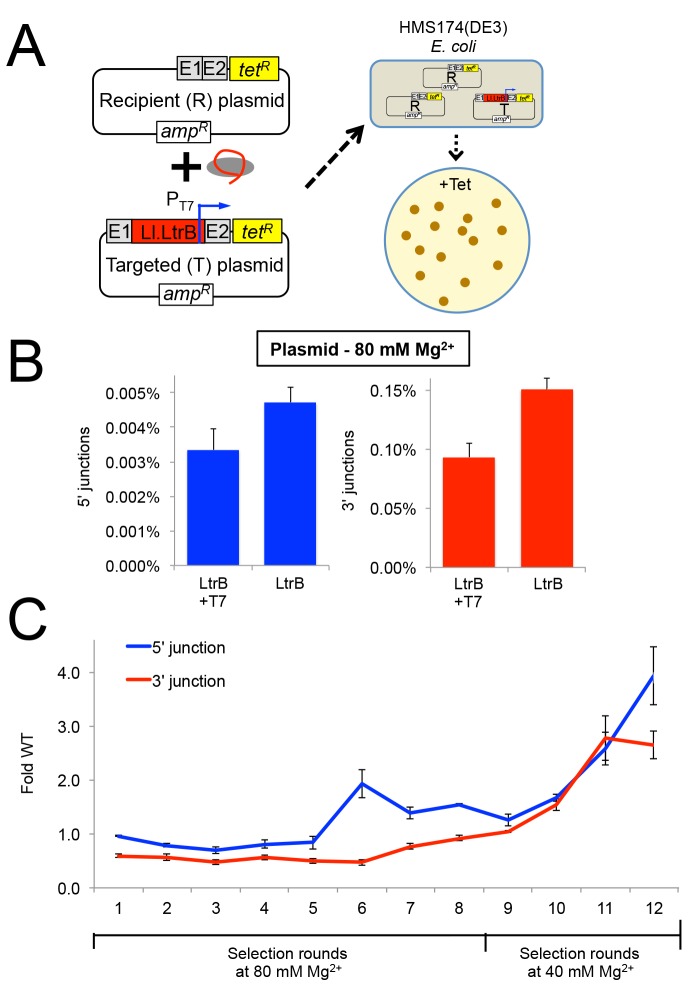Fig 6. Selection of Ll.LtrB group II intron for retrohoming within HEK-293 cells at different MgCl2 concentrations.
(A) Diagram of plasmid-based selection for retrohoming in human cells. The three Ll.LtrB expression plasmids, including a derivative of pLl.LtrB in which the expressed intron carries a phage T7 promoter sequence in DIVb, were transfected into HEK-293 cells along with recipient plasmid pBRRQ, which contains the wild-type Ll.LtrB target site cloned upstream of a promoterless tet R gene. After incubating the cells in culture medium supplemented with 80 or 40 mM Mg2+ for 24 h, plasmids were isolated and electroporated into E. coli HMS174(λDE3), which was then plated on LB-agar containing tetracycline. Plasmids were isolated from scraped E. coli colonies, and introns that had retrohomed into the target site were amplified by PCR using primers that flank the intron and recloned into pLl.LtrB for the next round of selection. (B) Ll.LtrB introns carrying a phage T7 promoter in DIVb have ~70% wild-type retrohoming efficiency in plasmid targeting assays in HEK-293 cells. The bar graphs show retrohoming frequencies assayed by Taqman qPCR of 5’- (blue) or 3’- (red) integration junctions in DNA extracted from adherent HEK-293 cells after 24-h incubation in culture medium supplemented with 80 mM Mg2+. Values are the mean for two or three separate transfections on the same day, with the error bars indicating the SEM. (C) The Ll.LtrB intron was evolved for retrohoming into plasmid targets within HEK-293 cells via eight cycles of selection at 80 mM MgCl2 with addition of three new mutations per kb between each cycle (rounds 1–8). After round 8, intron variants were selected for an additional four cycles in HEK-293 cells in culture medium supplemented 40 mM MgCl2 without mutagenesis (rounds 9–12) to enrich for variants that enhance retrohoming within HEK-293 cells. The retrohoming frequencies for the wild-type Ll.LtrB intron and libraries for rounds 1 to 12 were assayed in parallel by Taqman qPCR for three separate transfections on the same day. The values plotted are the mean with the error bars indicating the SEM.

